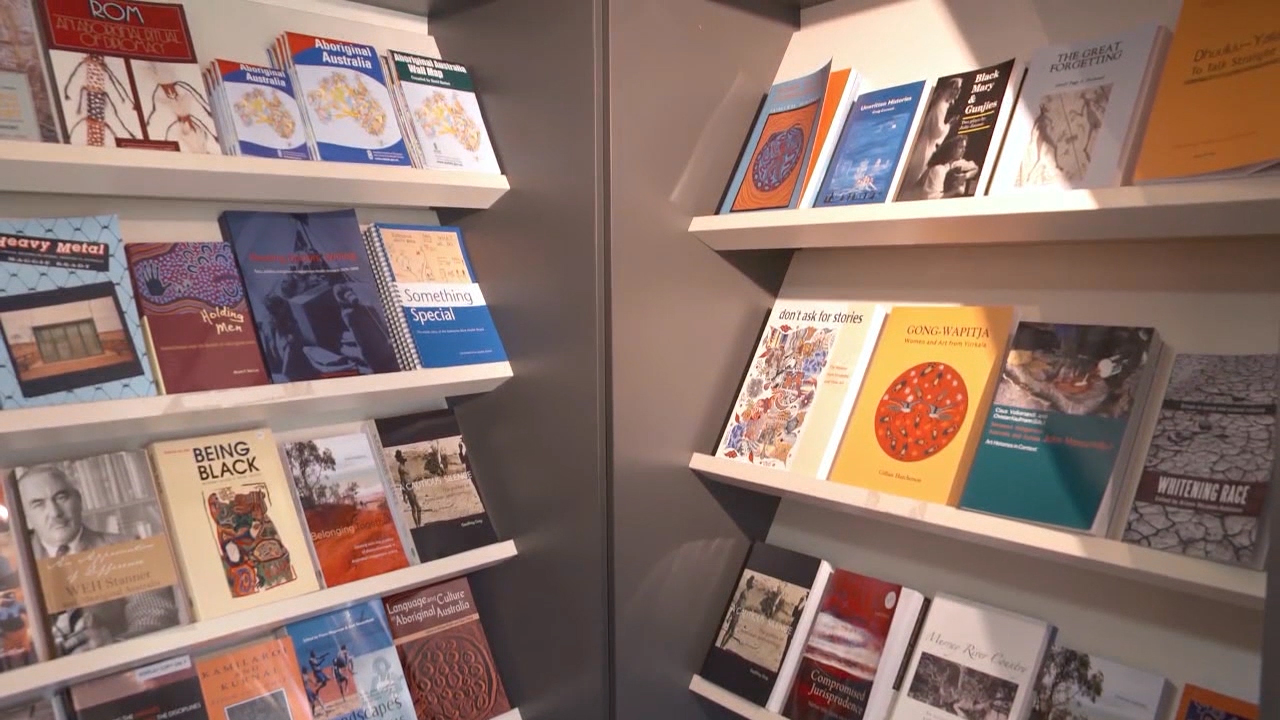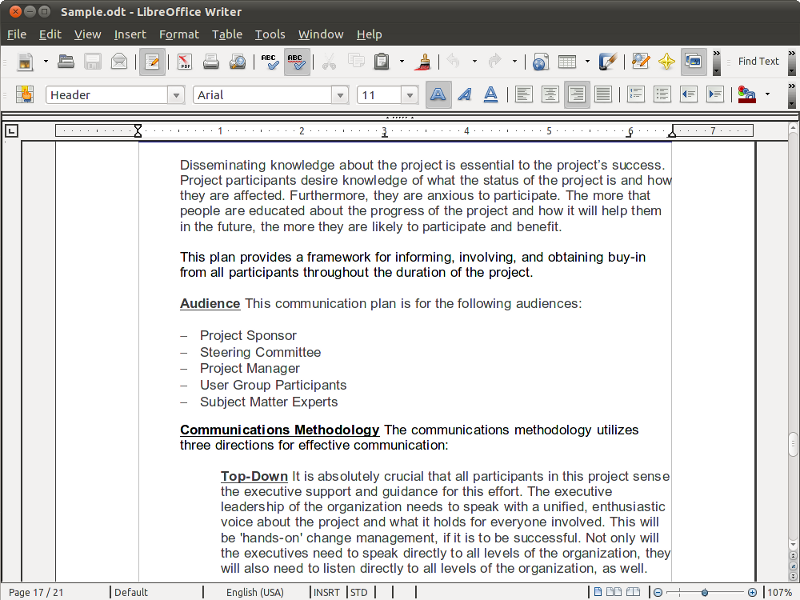|
Proofreading
Proofreading is a phase in the process of publishing where galley proofs are compared against the original manuscripts or graphic artworks, to identify transcription errors in the typesetting process. In the past, proofreaders would place corrections or proofreading marks along the margins. In modern publishing, material is generally provided in electronic form, traditional typesetting is no longer used and thus (in general) this kind of transcription no longer occurs. Professional Traditional method A "galley proof" (familiarly, "a proof") is a typeset version of copy or a manuscript document. It may contain typographical errors ("printer's errors"), as a result of human error during typesetting. Traditionally, a proofreader looks at a portion of text on the copy, compares it to the corresponding typeset portion, and then marks any errors (sometimes called "line edits") using standard proofreaders' marks. Unlike copy editing, the defining procedure of a proofreading serv ... [...More Info...] [...Related Items...] OR: [Wikipedia] [Google] [Baidu] |
Copy Editing
Copy editing (also known as copyediting and manuscript editing) is the process of revising written material (" copy") to improve quality and readability, as well as ensuring that a text is free of errors in grammar, style, and accuracy. '' The Chicago Manual of Style'' states that manuscript editing encompasses "simple mechanical corrections (mechanical editing) through sentence-level interventions (linear editing) to substantial remedial work on literary style and clarity, disorganized passages, baggy prose, muddled tables and figures, and the like (substantive editing)". In the context of print publication, copy editing is done before typesetting and again before proofreading. Outside traditional book and journal publishing, the term "copy editing" is used more broadly, and is sometimes referred to as proofreading; the term sometimes encompasses additional tasks. Although copy editors are generally expected to make simple revisions to smooth awkward passages, they do not hav ... [...More Info...] [...Related Items...] OR: [Wikipedia] [Google] [Baidu] |
List Of Proofreader's Marks
This article is a list of standard proofreader's marks used to indicate and correct problems in a text. Marks come in two varieties, abbreviations and abstract symbols. These are usually handwritten on the paper containing the text. Symbols are interleaved in the text, while abbreviations may be placed in a margin with an arrow pointing to the problematic text. Different languages use different proofreading marks and sometimes publishers have their own in-house proofreading marks. Abbreviations These abbreviations are those prescribed by the Chicago Manual of Style. Other conventions exist. Symbols Manuscripts Depending on local conventions, underscores (underlines) may be used on manuscripts (and historically on typescripts) to indicate the special typefaces to be used: *single dashed underline for , 'let it stand', proof-reading mark cancelled. *single straight underline for ''italic type'' *single wavy underline for bold type *double straight underline for *double underl ... [...More Info...] [...Related Items...] OR: [Wikipedia] [Google] [Baidu] |
Publishing
Publishing is the activities of making information, literature, music, software, and other content, physical or digital, available to the public for sale or free of charge. Traditionally, the term publishing refers to the creation and distribution of Printing, printed works, such as books, comic books, newspapers, and magazine, magazines to the public. With the advent of digital information systems, the scope has expanded to include electronic publishing, digital publishing such as E-book, e-books, Magazines, digital magazines, Electronic publishing, websites, social media, music, and video game publisher, video game publishing. The commercial publishing industry ranges from large multinational conglomerates such as News Corp, Pearson PLC, Pearson, Penguin Random House, and Thomson Reuters to major retail brands and thousands of small independent publishers. It has various divisions such as trade/retail publishing of fiction and non-fiction, educational publishing, and Academi ... [...More Info...] [...Related Items...] OR: [Wikipedia] [Google] [Baidu] |
Document
A document is a writing, written, drawing, drawn, presented, or memorialized representation of thought, often the manifestation of nonfiction, non-fictional, as well as fictional, content. The word originates from the Latin ', which denotes a "teaching" or "lesson": the verb ' denotes "to teach". In the past, the word was usually used to denote written proof useful as evidence of a truth or fact. In the computer age, Computer Age, "document" usually denotes a primarily textual computer file, including its structure and format, e.g. fonts, colors, and Computer-generated imagery, images. Contemporarily, "document" is not defined by its transmission medium, e.g., paper, given the existence of electronic documents. "Documentation" is distinct because it has more denotations than "document". Documents are also distinguished from "Realia (library science), realia", which are three-dimensional objects that would otherwise satisfy the definition of "document" because they memorialize ... [...More Info...] [...Related Items...] OR: [Wikipedia] [Google] [Baidu] |
Galley Proof
In printing and publishing, proofs are the preliminary versions of publications meant for review by authors, editors, and proofreaders, often with extra-wide margins. Galley proofs may be uncut and unbound, or in some cases electronically transmitted. They are created for proofreading and copyediting purposes, but may also be used for promotional and review purposes. Historical galley proofs Proof, in the typographical sense, is a term that dates to around 1600. The primary goal of proofing is to create a tool for verification that the job is accurate separate from the pages produced on the press. All needed or suggested changes are physically marked on paper proofs or electronically marked on electronic proofs by the author, editor, and proofreaders. The compositor, typesetter, or printer receives the edited copies, corrects and re-arranges the type or the pagination, and arranges for the press workers to print the final or published copies. Galley proofs or galleys ar ... [...More Info...] [...Related Items...] OR: [Wikipedia] [Google] [Baidu] |
Parentheses
A bracket is either of two tall fore- or back-facing punctuation marks commonly used to isolate a segment of text or data from its surroundings. They come in four main pairs of shapes, as given in the box to the right, which also gives their names, that vary between British and American English. "Brackets", without further qualification, are in British English the ... marks and in American English the ... marks. Other symbols are repurposed as brackets in specialist contexts, such as those used by linguists. Brackets are typically deployed in symmetric pairs, and an individual bracket may be identified as a "left" or "right" bracket or, alternatively, an "opening bracket" or "closing bracket", respectively, depending on the directionality of the context. In casual writing and in technical fields such as computing or linguistic analysis of grammar, brackets nest, with segments of bracketed material containing embedded within them other further bracketed sub-segments. The num ... [...More Info...] [...Related Items...] OR: [Wikipedia] [Google] [Baidu] |
Publication
To publish is to make content available to the general public.Berne Convention, article 3(3) URL last accessed 2025-05-23.Universal Copyright Convention, Geneva text (1952), article VI . URL last accessed 2010-05-10. While specific use of the term may vary among countries, it is usually applied to , images, or other [...More Info...] [...Related Items...] OR: [Wikipedia] [Google] [Baidu] |
Template (file Format)
In file formats, a document template is a common feature of many software applications that define a unique non-executable file format intended specifically for that particular application. Templates Template file formats are those whose file extension indicates that the file type is intended as a high starting point from which to create other files. These types of files are usually indicated on the ''Save As ...'' file dialog box of the application. For example, the word processing application Microsoft Word uses different file extensions for documents and templates: In Microsoft Office 2003, Word 2003 the file extension .dot is used to indicate a template, in contrast to .doc for a standard document. In Microsoft Office 2007, Word 2007 and later versions, it's .dotx, instead of .docx for documents. The OpenDocument, OpenDocument Format also has templates in its OpenDocument technical specification#Templates, specification, with .ott as the filename extension for OpenDocument ... [...More Info...] [...Related Items...] OR: [Wikipedia] [Google] [Baidu] |
Table (database)
In a database, a table is a collection of related data organized in Table (information), table format; consisting of Column (database), columns and row (database), rows. In relational databases, and flat file databases, a ''table'' is a set of data elements (values) using a model of vertical column (database), columns (identifiable by name) and horizontal row (database), rows, the cell (database), cell being the unit where a row and column intersect. A table has a specified number of columns, but can have any number of rows. Each row is identified by one or more values appearing in a particular column subset. A specific choice of columns which uniquely identify rows is called the primary key. "Table" is another term for relation (database), "relation"; although there is the difference in that a table is usually a multiset (bag) of rows where a relation is a set (computer science), set and does not allow duplicates. Besides the actual data rows, tables generally have associated wit ... [...More Info...] [...Related Items...] OR: [Wikipedia] [Google] [Baidu] |
List Of Typographic Features
Typographic features made possible using digital typography, digital typographic systems have solved many of the demands placed on computer systems to replicate traditional typography and have expanded the possibilities with many new features. Three systems are in common use: OpenType, devised by Microsoft and Adobe Systems, Adobe, Apple Inc., Apple's Apple Advanced Typography (AAT), and SIL International, SIL's Graphite (SIL), Graphite. The lists below provide information about OpenType and AAT features. Graphite does not have a fixed set of features; instead it provides a way for computer fonts to define their own features. OpenType typographic features The OpenType format defines a number of typographic features that a particular font may support. Some software, such as Adobe InDesign, LibreOffice/Apache OpenOffice, OpenOffice, or recent versions of LuaTeX, Lua/XeTeX, gives users control of these features, for example to enable fancy stylistic capital letters (swash caps) or to ... [...More Info...] [...Related Items...] OR: [Wikipedia] [Google] [Baidu] |
Example Of Copyedited Manuscript
Example may refer to: * ''exempli gratia'' (e.g.), usually read out in English as "for example" * .example, reserved as a domain name that may not be installed as a top-level domain of the Internet ** example.com, example.net, example.org, and example.edu: second-level domain names reserved for use in documentation as examples * HMS Example (P165), HMS ''Example'' (P165), an Archer-class patrol and training vessel of the Royal Navy Arts * ''The Example'', a 1634 play by James Shirley * The Example (comics), ''The Example'' (comics), a 2009 graphic novel by Tom Taylor and Colin Wilson * Example (musician), the British dance musician Elliot John Gleave (born 1982) * Example (album), ''Example'' (album), a 1995 album by American rock band For Squirrels See also * Exemplar (other), a prototype or model which others can use to understand a topic better * Exemplum, medieval collections of short stories to be told in sermons * Eixample, a district of Barcelona with di ... [...More Info...] [...Related Items...] OR: [Wikipedia] [Google] [Baidu] |
Word Processor
A word processor (WP) is a device or computer program that provides for input, editing, formatting, and output of text, often with some additional features. Early word processors were stand-alone devices dedicated to the function, but current word processors are word processor programs running on general purpose computers, including smartphones, tablets, laptops and desktop computers. The functions of a word processor program are typically between those of a simple text editor and a desktop publishing program; Many word processing programs have gained advanced features over time providing similar functionality to desktop publishing programs. Common word processor programs include LibreOffice Writer, Google Docs and Microsoft Word. Background Word processors developed from mechanical machines, later merging with computer technology. The history of word processing is the story of the gradual automation of the physical aspects of writing and editing, and then to the refinement ... [...More Info...] [...Related Items...] OR: [Wikipedia] [Google] [Baidu] |





